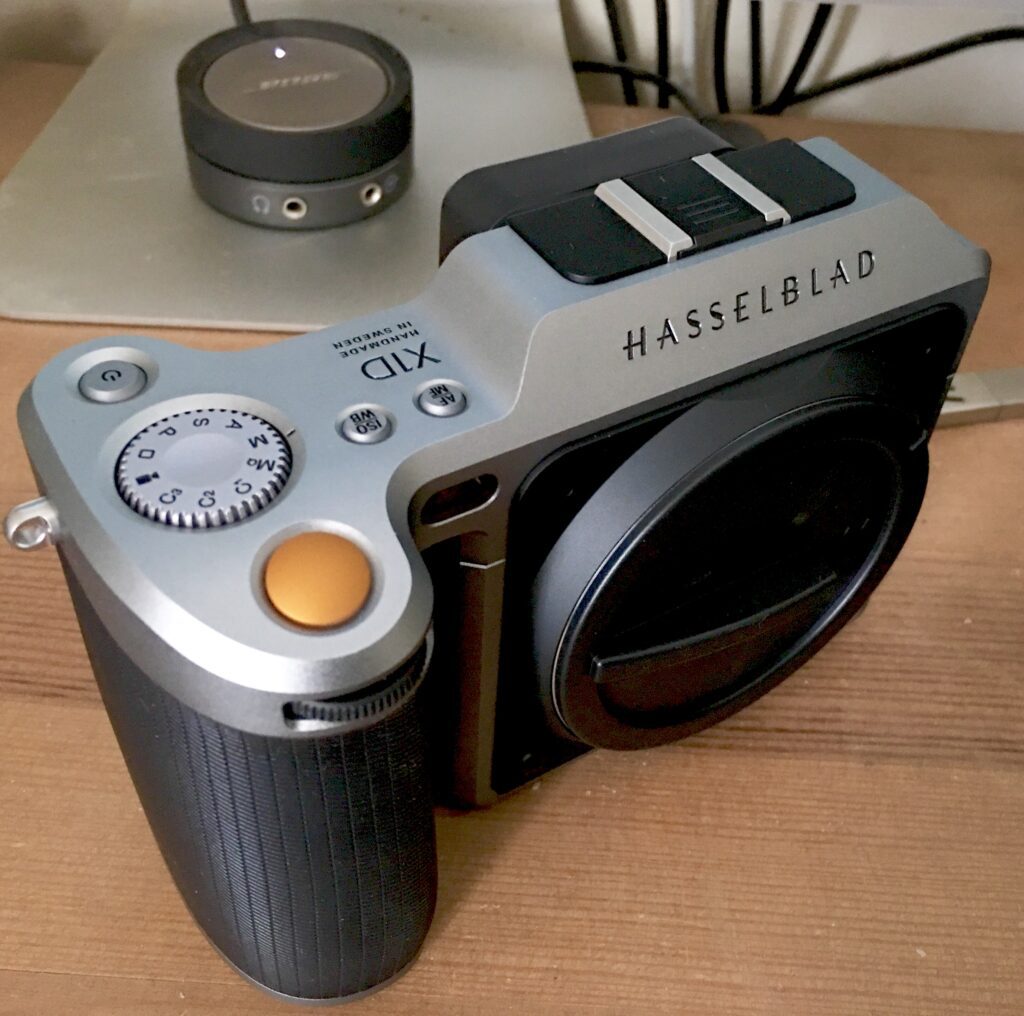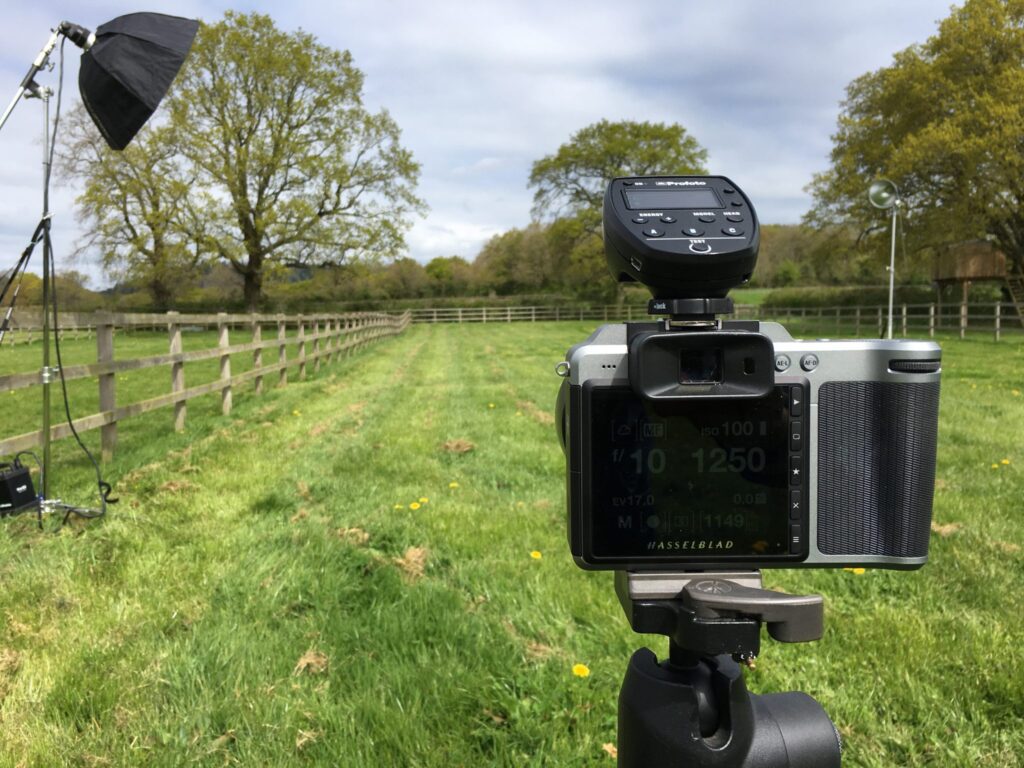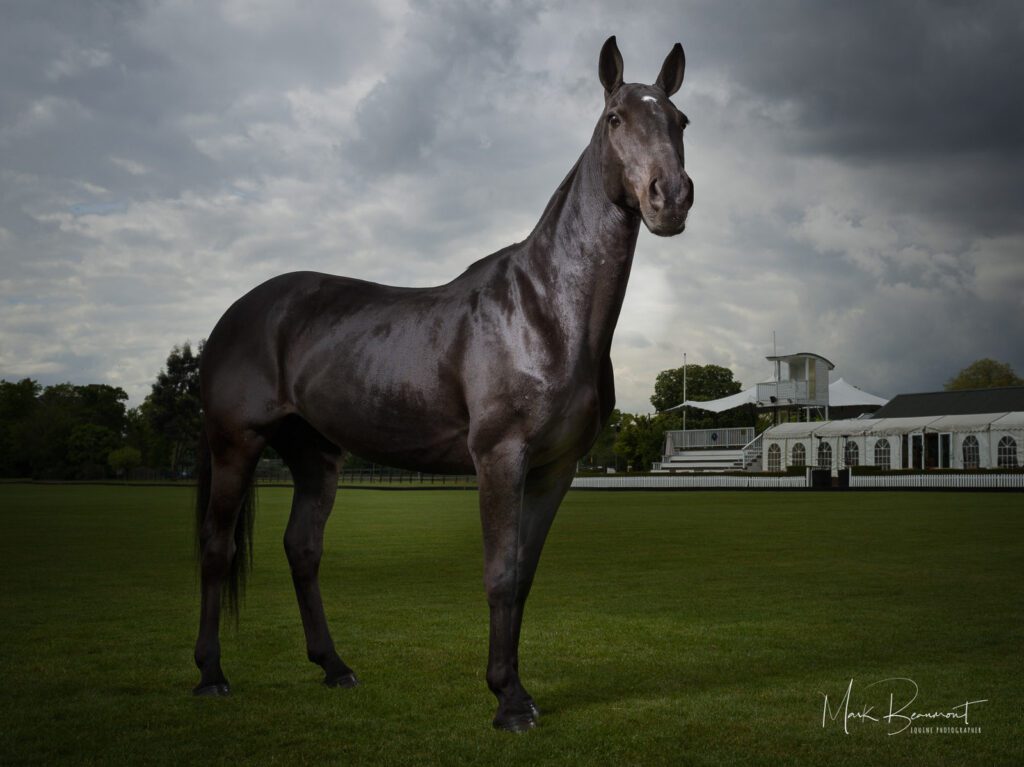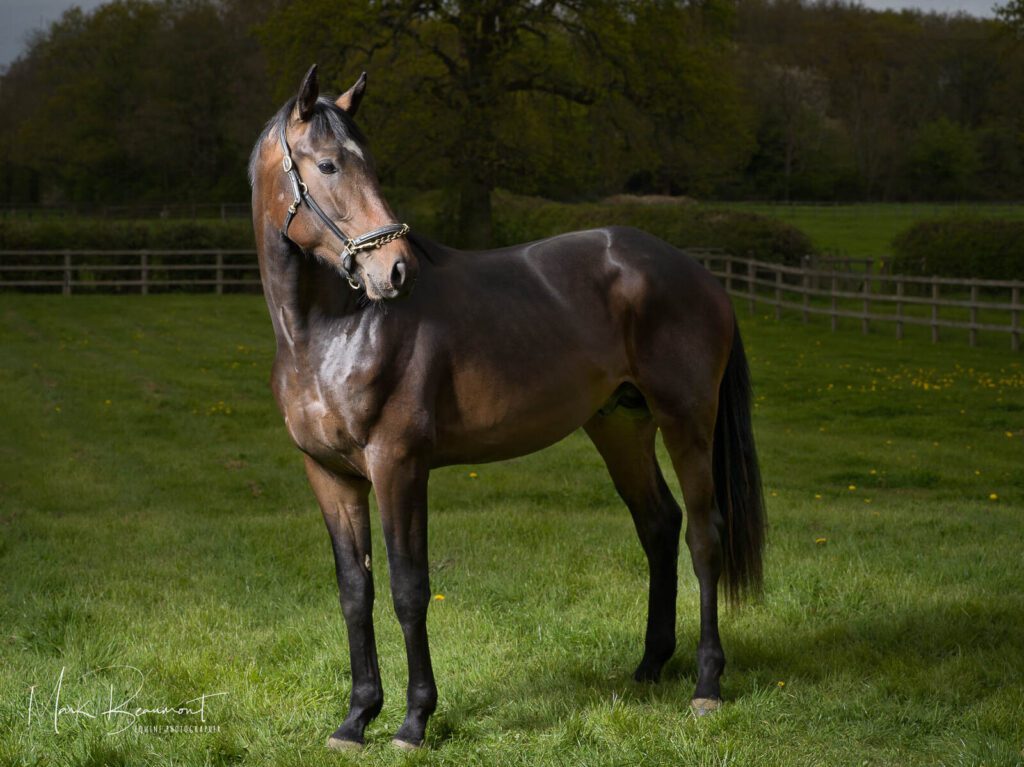OOPS!!
Believe it or not, I started to write this blog post about the Hasselblad X1D-50c early last Summer 2017! I think it’s fair to say, I’m probably the worlds most reluctant photographic blogger, but I‘m a changed man (possibly). This year I intend to keep this thing entirely up to date, (though we may have to argue about exactly what “up to date” is). So here is the post that for some reason never made it beyond the drafts folder early last year.
The original post….
Having toyed with the idea of moving to a medium format camera a few years ago, I decided it was not going to fit my workflow or style of imagery in my equine photography. Mostly due to the size and weight of the camera. So when Hasselblad announced a new smaller lighter MF camera, back in the Summer of 2016, I thought it was time to re-visit my original idea.
So enter the launch of the Hasselblad X1D-50c, a 50 MP Medium Format camera with a body no bigger than a standard professional DSLR, and in fact slightly lighter. The camera was due to be available at the end of 2016, but various delays in manufacture meant it didn’t arrive in the UK (even for pre-order customers) until March 2017, which is when I picked up my body and two lenses from Richard Caplan in London.

The X1-D has its own set of lenses though you can use the current HC lenses via an adaptor, but this has limitations on auto focus and maximum shutter speeds. Talking of shutter speeds, this is one of the main reasons I had been looking at MF cameras as they have leaf shutters which enable the camera to shoot at a much higher flash sync speed, and on the X1-D that sync speed was 2000th/sec, the same as the H6D.
This would make a significant difference for me as I mostly shoot with a mixture of flash and daylight. This can be quite a challenge in the middle of a summer day when the sun is at its brightest, but now the higher shutter speed allows me to reduce the intensity of the ambient light and I can now shoot at almost any time of the day or year. Previously the only way around this would have been to increase the flash power but as I’m already at the limits of output with battery units, it would have meant going over to mains power units. This would entail problems of its own like lack of power supply and having cables trailing across the set, and I’d hate to think of the consequences of s horse treading on, tripping or going through a cable!
Lighting horses with flash is never easy, especially if you want to be able to do it at any time of the day or year, and not have to worry about how bright the ambient light is. Leaf shutters enable a photographer to reduce the ambient light levels without the need for ND filters or stopping down the lens, all which will affect the level of flash out-put as well. Anyone who’s worked in bright summer daylight will know just how much flash power is required to over power the sun at midday. Combine this with large light modifiers and you will need every ounce of power you can get, and having the leaf shutter will help counter that.
Geeky bit…
Having said all that about how it can sync at faster speeds, of course nothing is quite so simple. Having a fast shutter speed means that the flash duration has to also be short enough to allow the camera to capture all the output of the flash. There are many flash units which offer very short flash durations, even speedlites, but the power output at those short durations is very low, and way too low to compete with the sun at its brightest. It took a fair bit of experimentation with different flash units and triggering systems but I’ve got the camera to sync at 1000th sec with my Profoto B3 units without any loss of flash power, when you go up to 2000th sec you lose about 2/3 of a stop.

Even more geeky….
There are now quite a few flash units that are capable of syncing with a normal DSLR at higher shutter speeds beyond the standard sync speed, but they all come with a caveat, and a major one at that. When you start to go beyond the cameras normal sync speed so say from 250th sec to 500th sec, you will lose about the same (1stop) of power from your flash unit. So whatever ratio of flash to daylight you had when you were on normal sync speed, it will stay the same when you go beyond that speed. all any of the HSS or HS systems will do when they allow you to sync faster, is to let you shoot at larger apertures, not gain any more power or be able to over power the sun when you weren’t able to do it before; I’ve digressed…..one for another day.
What’s it like?
The best way to describe this camera is quirky, it’s very different to anything else, in so many ways. The form factor is simple, clean and uncluttered, with few dials, knobs, or buttons, all of the settings can be changed from the rear touch screen. The AF is basic in default mode, but you can adjust the focus point to where you want it and size. I’ve found the best way for my style of work is to shoot in manual focus with the focus peaking set on. It does slow down the whole process but I really like this way of working. If you’re a rapid fire photographer that likes to do everything at 100mph, this camera is definitely not for you. The quality of the files is amazing and the increased bit depth shows far more than I imagined, I had no idea what I was missing.

In use…
The Hasselblad X1D-50c, it’s incredibly light, and relatively small in the hand, making it very easy to hand hold if you don’t like to be encumbered with a tripod. Shooting wirelessly to an iPad is an added bonus as the client can see instantly how the shoot is going. Other than that I really don’t use many of the other “bangs and whistles” features it has. I do love a bit of modern tech and geekery, but find I end up going back to my film roots and working manually with only the most basic of features and the odd bit of tech thrown in to the mix. For me, just having the larger sensor and the leaf shutter, is all I needed in this camera.
You can see in the images below how I was able to create a darker sky without the need for Photoshop, simply by shooting with a higher shutter speed. I love the way the horses coats look with the flash to help bring out the detail, and against the dramatic sky, just works for me, and I hope everyone else thinks so too.



